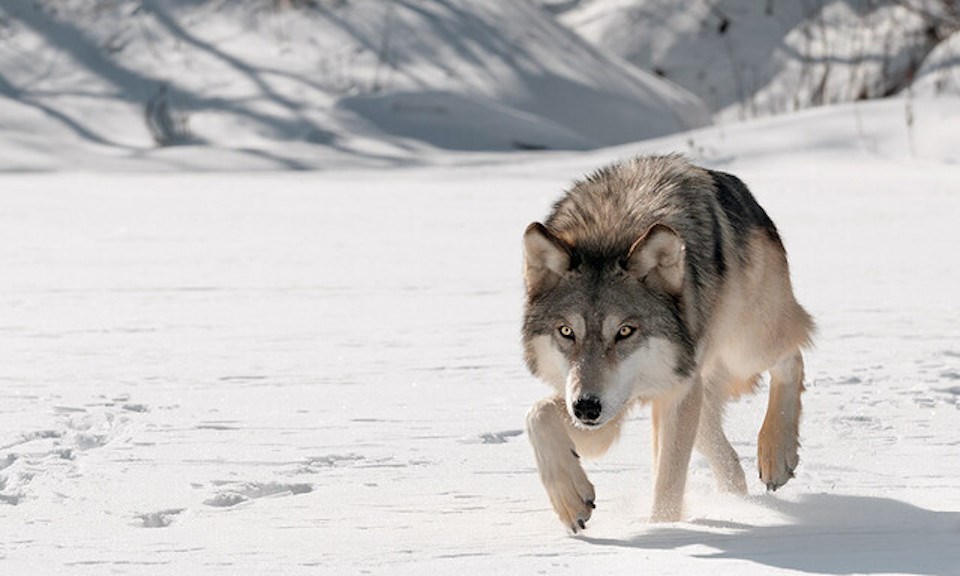As the B.C. government decides to continue its controversial wolf cull program for another five years, the University of British Columbia Okanagan has released a study on how human activity impacts wolves in our province.
New research from UBCO's Irving K. Barber Faculty of Science has found that wolves living in areas with high densities of human-created linear features, roads, seismic lines or pipelines, need far less space to survive than in less disturbed areas.
According to the study, like humans, wolves are intelligent predators, and they use human-built infrastructure like, trails, seismic lines and roads to help them get around easier.
“Smaller home ranges mean that, all else being equal, more wolves can fit into a given space. Our study is important for understanding how food and movement combine to influence home range size. Wolves can have profound impacts on their prey, and even plant communities. If humans are driving changes to those links in the food web, we need to understand how and then find a way to manage our part of the equation,” explains Melanie Dickie, a doctoral student who works with UBCO biologist Dr. Adam T. Ford.
Dickie’s team looked at data from 142 wolves outfitted with GPS devices in order to determine food availability for ungulates (deer, elk caribou) and their predators. Then they looked at how much easier roads and other linear features made it for wolves to access food in their home ranges.
Linear features enable the movement of predators like wolves which increases their encounter rates with prey and, as a result, their kill rates.
Increased wolf kill rates have important consequences, in particular for woodland caribou, which are in decline across much of their range as a result of increased predation.
By restoring linear features, it's hoped that it will make it more difficult for wolves to hunt, which in turn should naturally reduce their numbers.
In contrast, in high-productivity areas, restoration may reduce wolves’ hunting efficiency, but likely will not affect regional density.
“This research is a great example of how ecological theory can support wildlife management,” says Dr. Rob Serrouya, study co-author and director of the caribou monitoring unit at Alberta’s Biodiversity Monitoring Institute. “Pushing our understanding of how movement and habitat use influences the distribution and abundance of species, will directly link to how we manage those species.”
Dr. Ford says it’s important for researchers to continue monitoring human activity when looking at species’ survival rates in Canada.
“This study adds human activity to the equation with the goal to help save caribou within a rapidly-changing environment,” Dr. Ford says.
A recent Castanet poll asked "should the province have extended its wolf cull for another five years?" More than 7,800 people responded with 45.2 per cent saying no they should not, while 42.5 per cent indicated the province should continue the wolf cull, 12.2 per cent were unsure.



